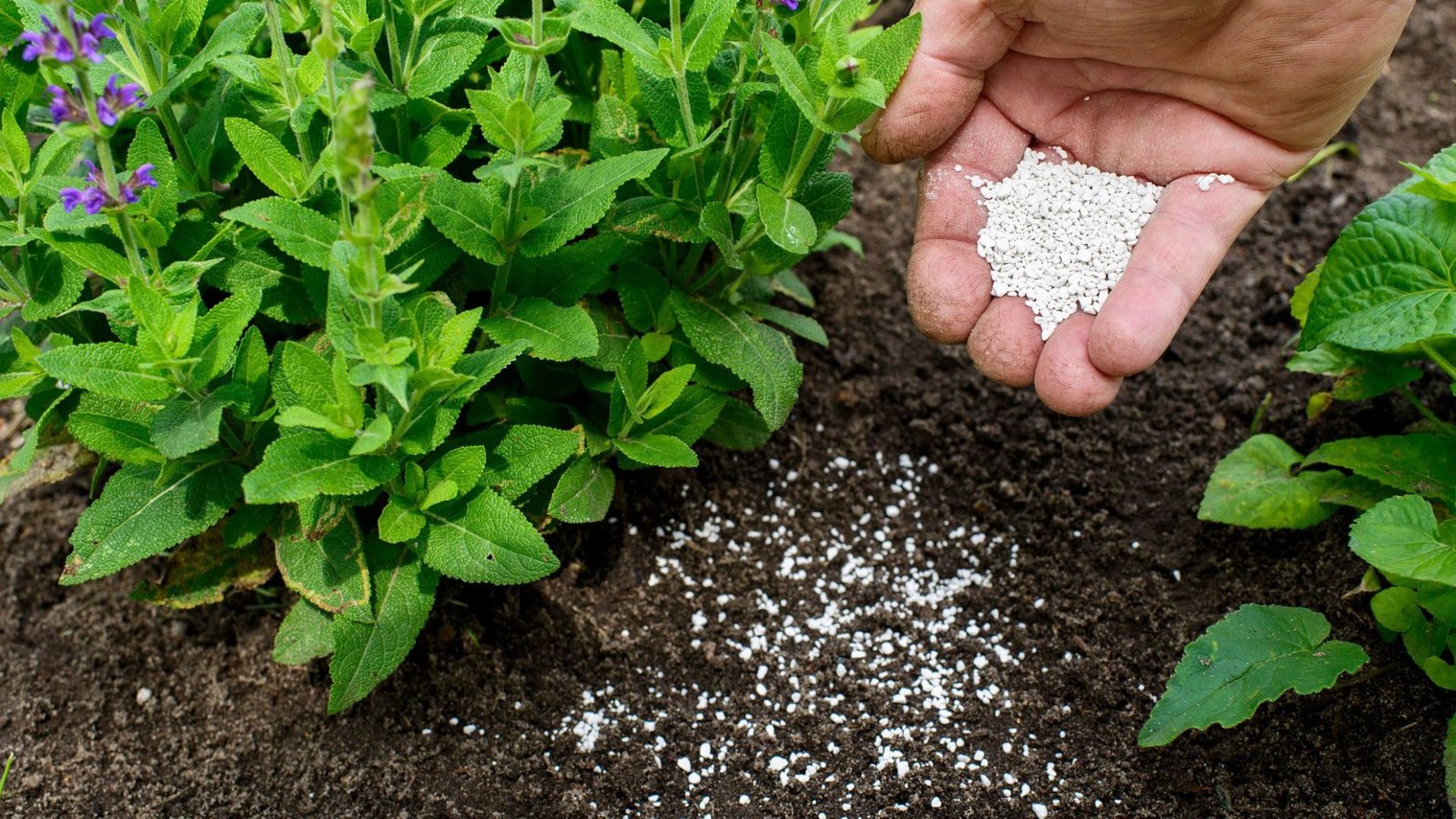Tips to Maximize Plant Growth with Fertilizers
Using fertilizers effectively can significantly boost plant growth and overall health. Fertilizers provide essential nutrients that plants need to thrive, but proper application and timing are crucial for optimal results. Here are some tips to help you maximize plant growth with fertilizers.

Choose the Right Fertilizer
Understand Fertilizer Types: Select the appropriate type of fertilizer based on your plants’ needs. There are three main types:
- Complete Fertilizers: Contain all three primary nutrients—nitrogen (N), phosphorus (P), and potassium (K).
- Organic Fertilizers: Derived from natural sources and improve soil health over time.
- Synthetic Fertilizers: Provide quick nutrient availability but may not improve soil structure.
Read Labels Carefully: Check the fertilizer label for the N-P-K ratio, which indicates the percentage of nitrogen, phosphorus, and potassium. Choose a fertilizer with a balanced ratio for general use or a specialized formula based on specific plant needs.
Apply Fertilizer at the Right Time
Follow Seasonal Schedules: Apply fertilizers during the growing season when plants are actively growing. Most plants benefit from fertilization in spring and summer. Reduce or stop fertilizing in fall and winter when plant growth slows down.
Use Timing Strategies: For plants with specific nutrient needs, such as fruiting or flowering plants, use a fertilizer with a higher phosphorus content during their blooming period. This promotes strong root development and abundant flowering.
Use the Correct Application Method
Follow Application Instructions: Always follow the manufacturer’s instructions for the correct application rate and method. Over-fertilizing can harm plants and lead to nutrient imbalances.
Choose Application Methods:
- Granular Fertilizers: Spread evenly on the soil surface or mix into the soil before planting. Water thoroughly to help nutrients reach the root zone.
- Liquid Fertilizers: Apply directly to the soil or foliage. Liquid fertilizers are quickly absorbed and are ideal for fast nutrient delivery.
Monitor Soil and Plant Health
Test Soil Regularly: Conduct soil tests to determine nutrient levels and pH. This helps you understand which nutrients may be deficient and allows you to choose the right fertilizer or amendments to address specific needs.
Observe Plant Responses: Monitor how plants respond to fertilization. Look for signs of improved growth or any negative reactions, such as leaf burn or yellowing. Adjust your fertilization practices based on your observations.
Avoid Over-Fertilizing
Follow Recommended Dosages: Stick to the recommended dosage and frequency on the fertilizer package. Over-fertilizing can lead to nutrient runoff, environmental pollution, and plant stress.
Leach Excess Nutrients: If you suspect over-fertilization, flush the soil with water to help leach excess nutrients away from the root zone. This can help prevent damage and restore balance.
Use Organic and Slow-Release Options
Incorporate Organic Fertilizers: Organic fertilizers, such as compost or bone meal, provide a slow release of nutrients and improve soil structure. They support long-term plant health and reduce the risk of nutrient leaching.
Choose Slow-Release Fertilizers: Slow-release fertilizers gradually release nutrients over time, providing a steady supply to plants. This minimizes the risk of over-fertilization and ensures continuous nutrient availability.
Consider Plant-Specific Needs
Tailor Fertilization to Plant Types: Different plants have varying nutrient requirements. Research and select fertilizers based on the specific needs of your plants, whether they are vegetables, flowers, or shrubs.
Adjust Fertilizer for Growth Stages: Adapt your fertilization strategy according to the plant’s growth stage. Use high-nitrogen fertilizers for leafy growth, high-phosphorus fertilizers for flowering, and high-potassium fertilizers for fruiting.
Conclusion
Maximizing plant growth with fertilizers involves choosing the right type, applying at the right time, and using appropriate methods. By understanding your plants’ needs, monitoring soil and plant health, and avoiding over-fertilization, you can enhance plant growth and achieve a thriving garden. With these tips, you’ll ensure that your plants receive the nutrients they need for optimal development.



